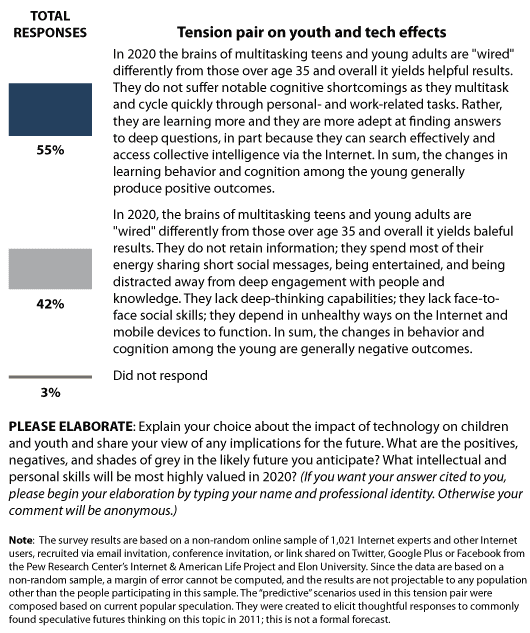Video games have gone from being a mere source of entertainment to being part of everyday life for millions of people. In the early days, video games were developed in the 1950s and 1960s, but they only became mainstream in the 1970s and 1980s with home consoles like Atari and Nintendo. In the 1990s, the gaming industry took off with more affordable and popular personal computers. Today, video games have become a social experience, a means of education and even a profession. As technology continues to advance, virtual and augmented reality are becoming increasingly popular, and cloud gaming is being developed.
The Rise of Gaming Culture: How Video Games Became Part of Our Everyday Lives
Introduction
Gone are the days when video games were considered a mere source of entertainment. In the past few decades, the video gaming industry has witnessed an unprecedented growth, with millions of people playing video games on a regular basis. Today, video games have become a part of our everyday lives, not only for recreational purposes but also for social, educational, and even professional reasons. In this article, we will explore the rise of gaming culture and how video games have come to play such a significant role in modern society.
The Early Days of Video Games
Video games have been around for over 50 years, with the earliest games being developed in the 1950s and 1960s. However, video games only became mainstream in the 1970s and 1980s with the release of home consoles like the Atari 2600 and Nintendo Entertainment System (NES). These consoles brought video games into homes across the world, making them more accessible to the general public.
The Emergence of the Gaming Industry
The gaming industry really took off in the 1990s with the release of consoles like the Super Nintendo, Sega Genesis, and Sony PlayStation. This period also saw the rise of PC gaming, as personal computers became more affordable and popular.
As the gaming industry grew, so did the number of developers and publishers. Today, there are thousands of companies dedicated to creating and publishing video games. This has led to a wider variety of games, catering to different audiences and interests.
The Social Aspect of Video Games
Gone are the days when video games were played in isolation. Today, video games have become a social experience, with online multiplayer modes allowing players to interact with each other from all over the world. This has led to the creation of online communities centered around specific games and platforms.
Furthermore, video games have also become a social activity among friends and family. Multiplayer games like Mario Party and Super Smash Bros. have become staples of social gatherings, bringing people together for a night of fun and friendly competition.
The Educational Value of Video Games
Video games are not just a source of entertainment. They also have educational value, particularly in the field of STEM (Science, Technology, Engineering, and Mathematics). Many games have elements that require players to problem-solve, strategize, and use critical thinking skills. This has led to the creation of educational games and platforms for students, such as Minecraft: Education Edition and Code.org.
The Professional Side of Video Games
Video games have also become a profession for many individuals. Professional gamers, also known as esports athletes, compete on a global scale for large cash prizes. Esports tournaments, such as the League of Legends World Championships and The International, have become major events that attract millions of viewers.
Furthermore, the gaming industry has also created job opportunities, from game developers and programmers to game testers and content creators. This has led to the emergence of a new industry, with gaming influencers and streamers earning a living through sponsorships, advertisements, and donations from their followers.
The Future of Video Games
As technology continues to advance, the world of gaming is set to evolve even further. Virtual reality and augmented reality are becoming increasingly popular, with games like Pokemon Go and Beat Saber paving the way for a new era of gaming. The development of cloud gaming will also make games more accessible, as players will be able to stream games on any device without the need for high-end hardware.
Conclusion
Video games have come a long way since their early days, from a source of entertainment to a major industry that has become a part of everyday life. From the social aspect to the educational and professional value, video games have proven themselves to be more than just a way to pass the time. As technology continues to evolve, we can only imagine what the future of gaming will look like.
